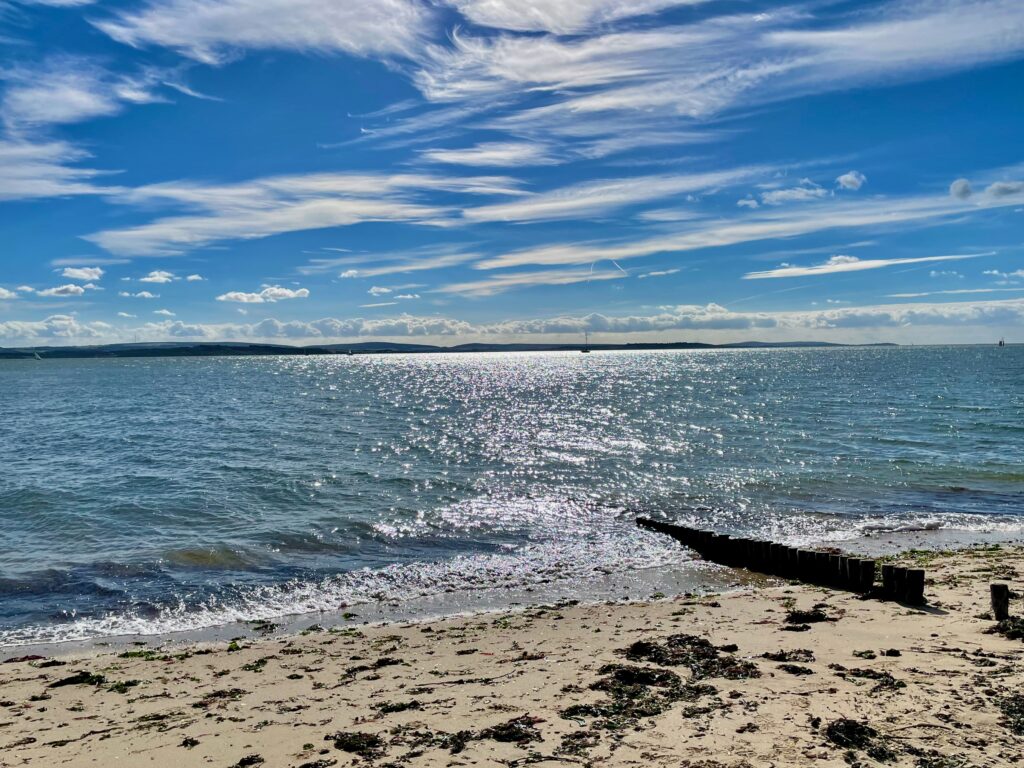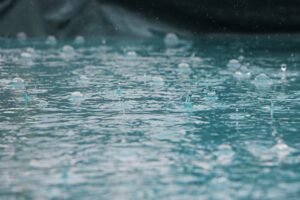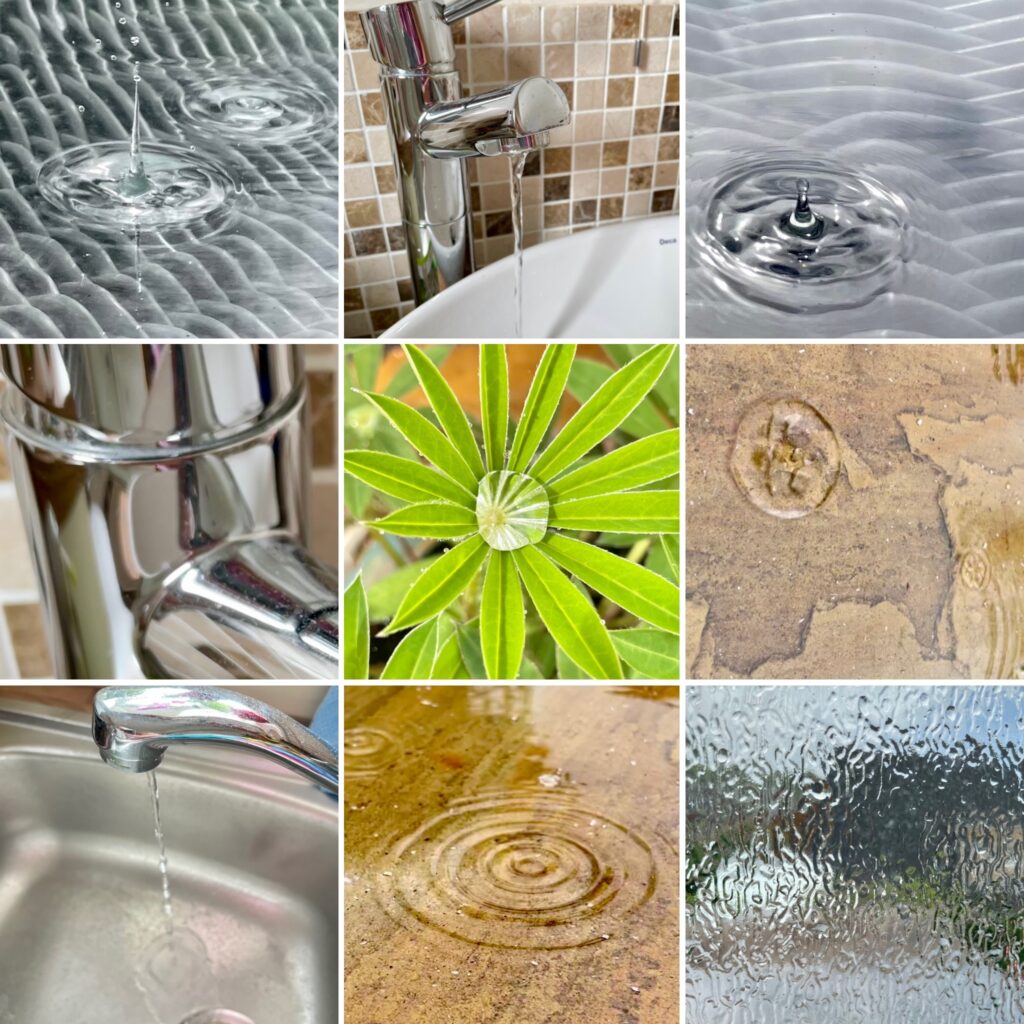You park up and take a blanket, flask and book from the boot. Tucking them under your arm you head down a familiar path between clumps of pink sea thrift, red campion and sea daisies. You find yourself in a field overlooking a cove, the short stumpy grass and dandelions. Stone steps take you down the cliff face. Looking around for somewhere to sit you settle where a little greenery provides some comfort.
The afternoon turns slowly as you watch the occasional glint of the lighthouse across the bay. The sea washes over the rocks and sinks into a gap near the shore, only to swell again to meet the rise of the next wave. As your breathing starts to match the rhythm of the water, the stresses and strains of everyday life begin to ebb. You breathe in and taste salt in the air.
The Health Benefits of Proximity to Water
In recent years, stressed-out urbanites have been seeking refuge in green spaces, for which the proven positive impacts on physical and mental health are often cited in arguments for more inner-city parks and accessible woodlands. Science has been consistent for at least a decade and it has proven proximity to water is good for the body and mind.
I believe there’s a reason why we find being beside the sea a restful experience. I’m talking about the sea’s ability to immerse you in the moment. It provides a natural pathway to grounding and mindfulness.

This third blog in the mini-series on how nature heals is focused on the health benefits associated with proximity to water, and especially the sea. Missed the previous blogs? Read about nature therapy here and about how gardening heals your mind, body and soul here. There’s also a related blog here with loads of cool photos of my experience on a sea safari with the Wildlife Trust as part of their Secrets of the Solent project.
Water is Vital for all Forms of Life
Water is an inorganic, transparent, tasteless, odourless, and almost colourless chemical substance. It’s the main constituent of Earth’s hydrosphere and the fluids of all known living organisms.

Water is vital for all known forms of life, even though it provides no calories or organic nutrients. It’s the most powerful force on the planet, causing destruction, erosion, glaciers and flooding, and it takes many forms.
Kind of mind-blowing, when you think about it, right?
The amount of water in your body could be anywhere from 50-75% depending on factors such as age, sex and size. Your body uses water in all its cells, organs, and tissues to help regulate temperature and maintain other bodily functions. Because your body loses water through breathing, sweating and digestion, it’s important to rehydrate by drinking fluids and eating foods that contain water.
How Water benefits our Physical Health

The Health Benefits of Water on our Mental Health and Wellbeing
Imagine the sound of rain on the windows at night when you’re in bed. It’s proven to help us sleep and we all know the health benefits of a decent kip. How about that feeling as you arrive at the beach and take the first real look at the horizon. Watching and listening to the waves is deeply grounding and relaxing, and it’s always a relief to relieve yourself of all ‘the beach stuff’ that will mostly go unused 🙂
Taking in the sound of distant waterbirds and crashing waves helps to root us in the now. Looking out across a wide beach or out to the horizon gives us perspective – both in the geographical sense but more importantly, in our lives. Being alone on the ship’s deck watching the horizon and photographing Durdle Door are both memories I recall with a deep sense of amazement, awe and wonder.

All at Sea
I spent an afternoon volunteering with the Wildlife Trust a few weeks ago, helping them to complete an Intertidal Walkover Survey at Lepe beach. ‘Intertidal’ denotes the area of a seashore that is covered at high tide and uncovered at low tide.
We explored 3 areas with each one getting progressively further out from shore. I experienced a rainbow of emotions over the 90 mins. The whole thing was a sensory adventure and visually it was intense. The sun was shining from a deep blue sky decorated with wispy clouds, and it glistened on the water amongst the exposed sea beds. Read more here.
All Types of Water are Welcome
Even in built-up urban areas, take a gentle stroll along a canal (no technology allowed except your camera – turn phone to aeroplane mode!) and you’ll experience the ingenuity of nature. Sedges and rushes are home to an abundance of insects and mammal wildlife.
Frost, ice, snow, clouds… they’re all water. Cloud watching is one of my very favourite nature connection activities. Or photographing nature’s beauty after a thick frost.

A Forest Bathing Invitation – Interacting with Water
We seem to somehow have become frightened of rain. If we live life within our comfort zone, our world gets smaller over time. Read that again because I’m about to ask you to push yourself closer to an edge of discomfort – you will thank me for it, I promise! I’m inviting you to go on a rainy-day walk and deliberately interact with water. Go out when it’s properly raining, hailing or snowing. Of course, you need waterproof clothing, and if you don’t have any yet, overtrousers are your best friend. They cost £20 ish in any outdoors shop and when you’re wearing them, it’s like you suddenly possess a superpower!

Your Invitation
Head out and spend 5 minutes engaging with water using each of your main senses. And have fun with it.
- Touch: Feel the rain landing on your face, hair and hands. ‘Collect’ the raindrops that are dangling precariously from leaves and branches. Put your hand into a puddle, if you dare!
- Smell: Breath in slowly and deeply through your nose. Can you pick up on the fresh scent of rain? Maybe other scents are being released from nearby plants and trees? Perhaps you can smell the earthy smell in the soil too? This smell is coming from the oils released by plants in rain and it’s known as petrichor.
- Hearing: How is the rain sounding? Can you hear it plipping into puddles or the pond? Dripping through a canopy to the floor? Perhaps there are different sounds depending on which direction you face, or what you’re close by. Can you get a sense of the far away, and close by rain?
- Sight: Watch the raindrops falling and landing in puddles. Do they make concentric circles? Watch it for a while as it really is so beautiful. ‘Tune your eye in’ and you might see reflections. Notice how the leaves dance as they’re touched by the rain? And how about the ground around you.
- Taste: Stick out your tongue and allow the rain to land on your tongue. Collect a drop in your hand and bring it up to your tongue.
Take some photos while you’re out if you feel it will enhance your experience. Upon your return, take some time to journal your thoughts, feelings and emotions. I’d love to hear how you get on.

Next time…
The final instalment in this series will be on trees. Yes, I may mention tree-hugging! Catch up on the intro post here.
Subscribe to get the updates by clicking the top right or sign up to my mailing list.
And in the meantime, why not head over to my website to learn more about forest bathing or mindful photography and check out my little box of outdoor mindfulness cards.
Connect to Nature with Adore Your Outdoors

Sonya is a qualified Forest Bathing (or Shinrin-Yoku) and Mindfulness Guide. She left her corporate life in early 2019 and now dedicates her time to helping small groups of humans rewild themselves with nature therapy.
Through guided meditations and calm invitations, she pilots them to play, experiment, photograph and explore their surroundings with a child-like fascination
She loves trees and moss with a passion and she’s proud of it. Despite not even owning a pair of wellies as a kid, she has overcome SAD (seasonal affective disorder) and even fallen in love with winter as an adult.
When she knew she was about to become a mother, she knew the best gift she could ever give her child was a love for all seasons – even winter.
Now she lives her dream. Spending more time outdoors, connecting with her too-often-side-lined creative side, and helping others reap the many health benefits of nature therapy.
